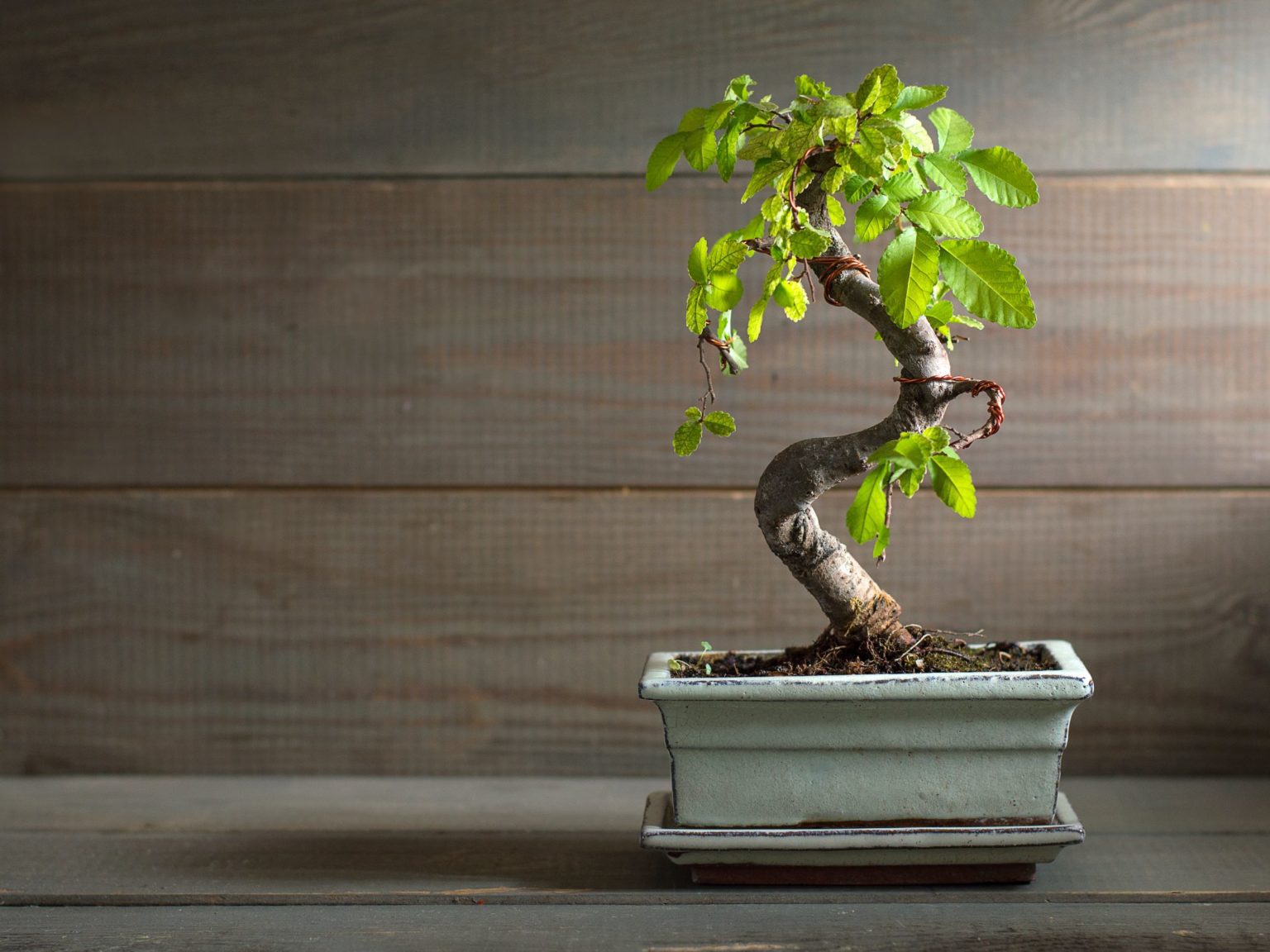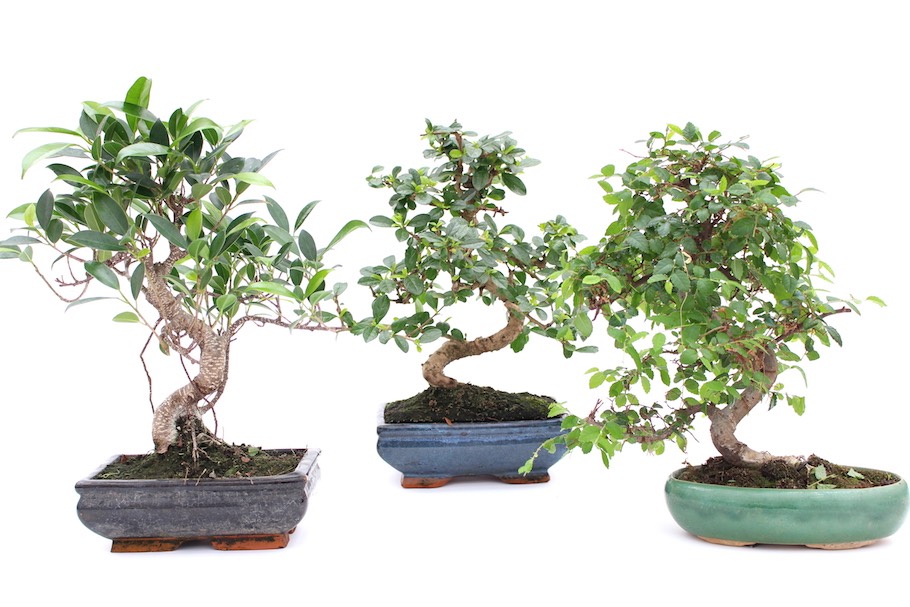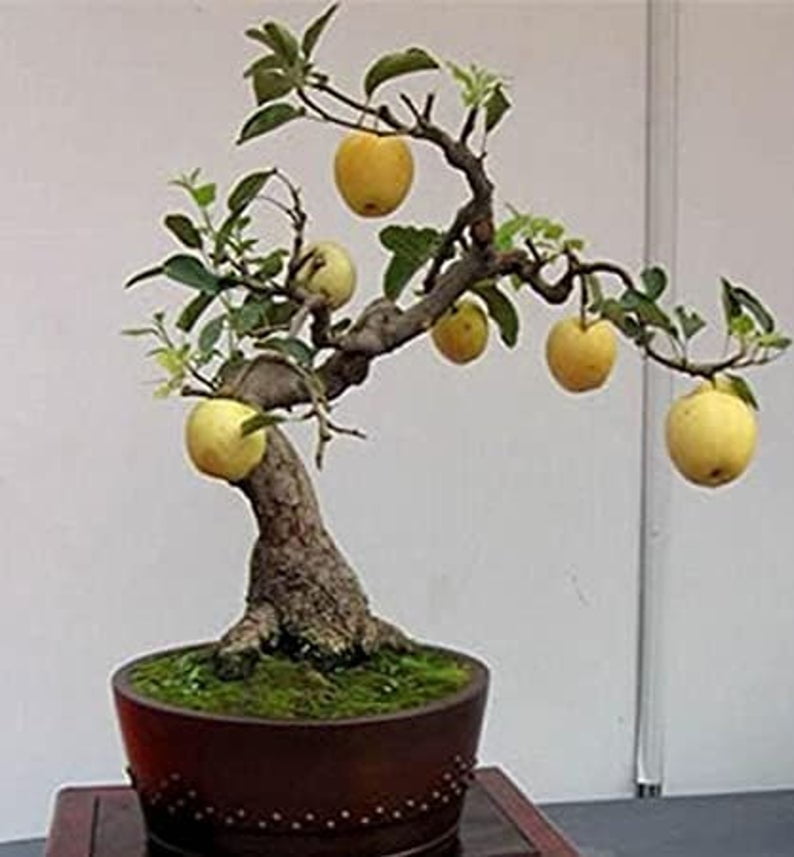A slanting bonsai indoorbonsaitrees
Table of Contents
Table of Contents
If you’re interested in adding some greenery to your indoor space, but want something a little more unique than your typical houseplant, indoor bonsai trees may be just the thing. These miniature trees, which are grown and trained to remain small, can add a touch of elegance and tranquility to your space. But where do you start if you’re a beginner? In this post, we’ll cover everything you need to know about indoor bonsai trees for beginners.
Pain Points Related to Indoor Bonsai Tree for Beginners
While indoor bonsai trees can be an interesting and rewarding addition to your home, they can also be a challenge to care for, especially for beginners. These tiny trees require a bit more attention and care than your average houseplant, as their small size and delicate nature make them more susceptible to environmental changes and pests. Additionally, the art of pruning and training your bonsai can take some getting used to, and may feel overwhelming for those who have never done it before.
The Target of Indoor Bonsai Tree for Beginners
If you’re a beginner looking to add an indoor bonsai tree to your collection, it’s important to start with a species that is easy to care for and forgiving of mistakes. Chinese elm, jade, and ficus are all great options for beginners, as they are hardy, adaptable, and can tolerate a wide range of indoor conditions. Additionally, it can be helpful to start with a pre-trained bonsai that has already been styled and pruned, as this can make it easier to get the hang of caring for your tree before diving into the more advanced techniques of bonsai training.
Summary of Indoor Bonsai Tree for Beginners
To summarize, indoor bonsai trees can be a unique and rewarding addition to your indoor space, but may also present some challenges for beginners. When starting out, it’s important to choose a species that is forgiving of mistakes and easy to care for, and to consider starting with a pre-trained bonsai to make the learning process easier. With patience, attention, and a bit of practice, indoor bonsai trees can thrive and bring a touch of beauty and serenity to your home.
My Personal Experience with Indoor Bonsai Tree for Beginners
When I first began exploring the world of indoor bonsai trees, I was drawn to their unique beauty and the challenge of caring for these delicate plants. I decided to start with a Chinese elm bonsai, which was recommended as a good starter tree for beginners. While I initially struggled with the pruning and training techniques, over time I grew to appreciate the slow and meditative process of caring for my bonsai. Today, my Chinese elm is thriving, and continues to bring me joy and a sense of peace.
 Choosing the Right Type of Indoor Bonsai Tree for Beginners
Choosing the Right Type of Indoor Bonsai Tree for Beginners
As mentioned earlier, choosing the right species of indoor bonsai tree is essential for beginners. Chinese elm, jade, and ficus are all excellent choices, as they are hardy and adaptable. Additionally, it’s important to consider the lighting and humidity requirements of your chosen species, and to make sure the conditions in your home are suitable for your bonsai tree. A good rule of thumb is to choose a species that is native to your geographic region, as this will increase the likelihood that it will thrive in your home environment.
 ### Caring for Your Indoor Bonsai Tree
### Caring for Your Indoor Bonsai Tree
Once you’ve selected your indoor bonsai tree and have it in your home, it’s important to provide it with the right care in order for it to thrive. This includes making sure it receives the right amount of light and humidity, as well as watering it properly and providing it with the right soil mixture. Additionally, regular pruning and training will be necessary to ensure that your bonsai maintains its desired shape and size.
Training Your Indoor Bonsai Tree
Pruning and training your indoor bonsai tree can be a challenge for beginners, but it’s an essential part of the process if you want to create a truly beautiful and unique tree. There are a variety of training techniques, including wiring, clipping, and shaping, which can be used to achieve the desired look for your bonsai. As you become more experienced with these techniques, you can experiment with more advanced methods, such as creating bonsai cascades or windswept styles.
Q&A: Indoor Bonsai Tree for Beginners
Q: Is it difficult to care for an indoor bonsai tree?
A: While indoor bonsai trees do require a bit more attention and care than your typical houseplant, they can be rewarding to care for and are not necessarily difficult to maintain. It’s important to choose a species that is forgiving of mistakes and easy to care for, and to provide your tree with the right amount of light, humidity, and water.
Q: How often do I need to water my indoor bonsai tree?
A: The frequency of watering will depend on the species of your bonsai tree, as well as the temperature and humidity levels in your home. As a general rule, it’s best to water your tree when the top of the soil feels dry to the touch, but before the soil has become completely dry.
Q: Can indoor bonsai trees be placed outside?
A: While indoor bonsai trees are specially grown and trained to remain small and thrive in indoor environments, they can sometimes be placed outside in appropriate conditions. However, it’s important to acclimate your bonsai slowly to direct sunlight and outdoor conditions, and to provide it with appropriate protection from wind and extreme temperatures.
Q: Why are indoor bonsai trees so small?
A: Bonsai trees are intentionally grown and trained to remain small through a variety of techniques, including root pruning, regular pruning, and selective repotting. By restricting the growth of the roots and branches, bonsai artists are able to create miniature versions of larger trees, which can be displayed indoors or outdoors as living works of art.
Conclusion of Indoor Bonsai Tree for Beginners
Indoor bonsai trees for beginners can be a challenging but rewarding addition to your indoor space. By choosing the right species, providing proper care and attention, and learning the techniques of pruning and training, you can create a beautiful, living work of art that will bring joy and tranquility to your home for years to come.
Gallery
What Is The Best Indoor Bonsai Tree For Beginners? #OutdoorBonsai | Indoor Bonsai Tree, Indoor

Photo Credit by: bing.com / bonsai
A Slanting Bonsai #indoorbonsaitrees | Bonsai Tree Types, Bonsai Tree, Indoor Bonsai

Photo Credit by: bing.com / juniper baum slanting grafted
The 6 Best Indoor Bonsai Tree Types & How To Care For Them

Photo Credit by: bing.com / bonsai elm fertilizer vastu company
Exquisite Specimen Indoor Ficus Bonsai Tree With Incredible Aerial Roots & Canopy.

Photo Credit by: bing.com / ficus specimen exquisite 30yrs 68cm overall
How To Care For Your Indoor Bonsai Trees As A Beginner – Interior Design, Design News And

Photo Credit by: bing.com / groei pxhere sageretia theezans






